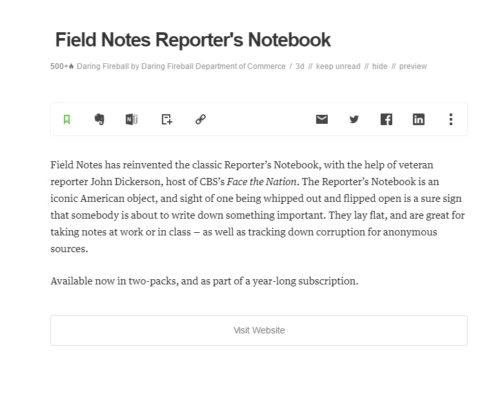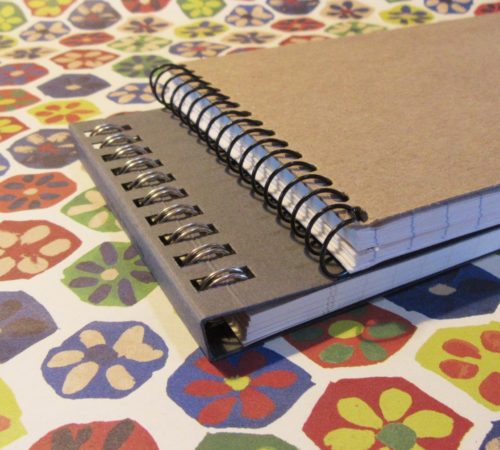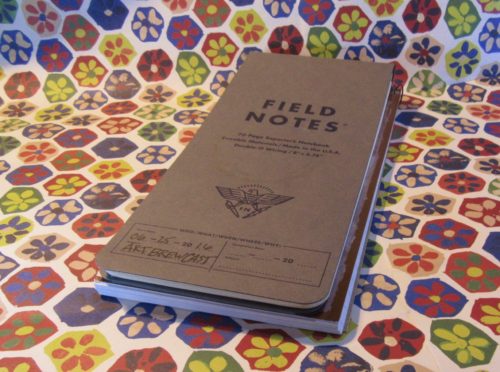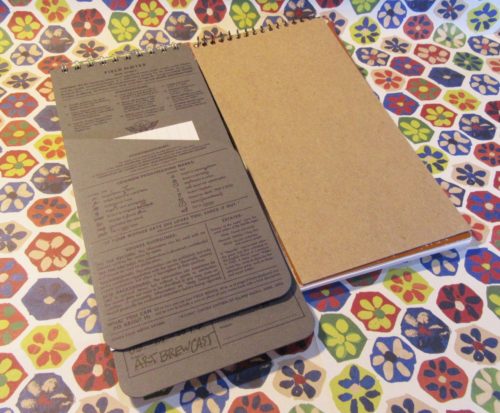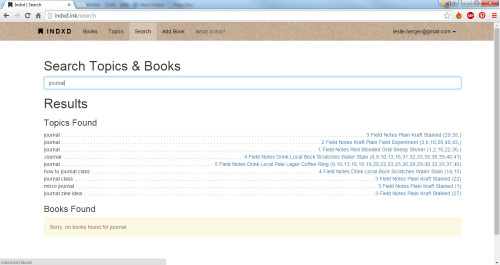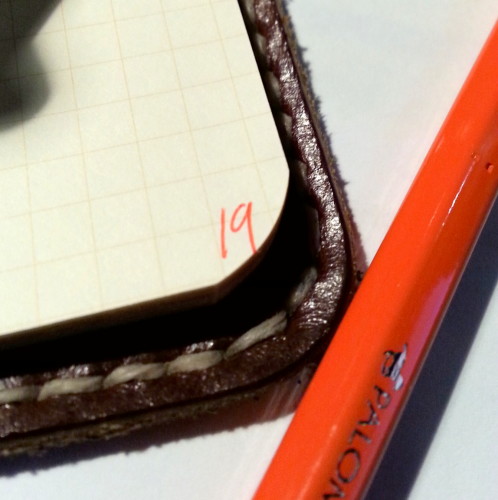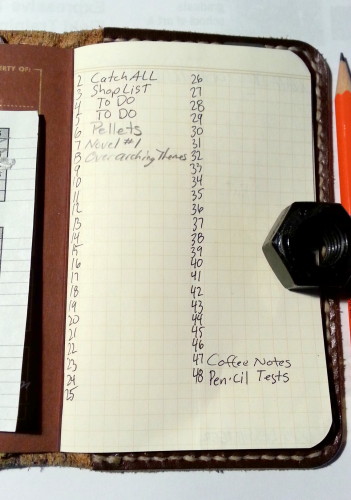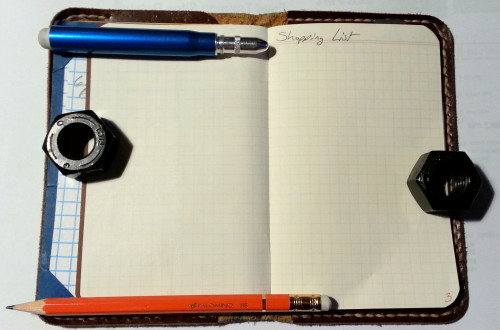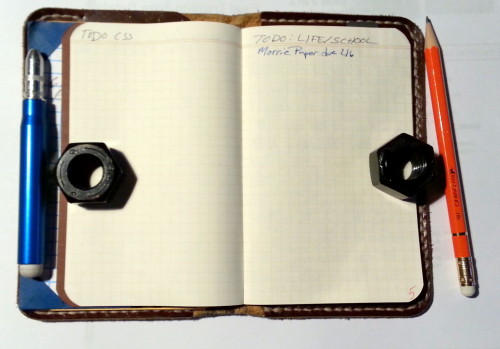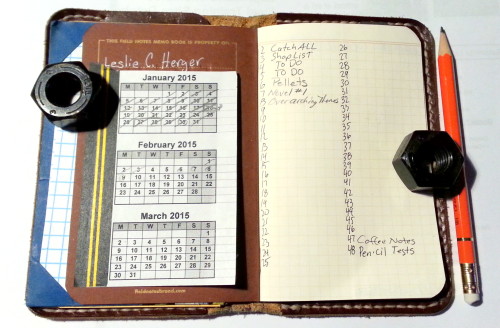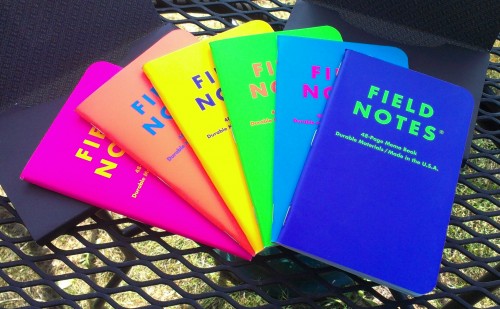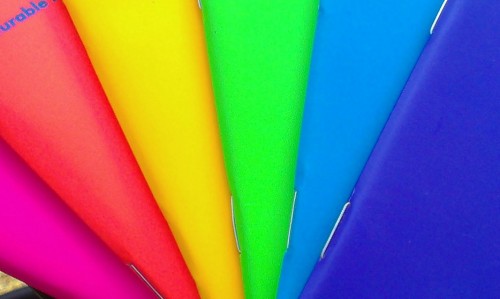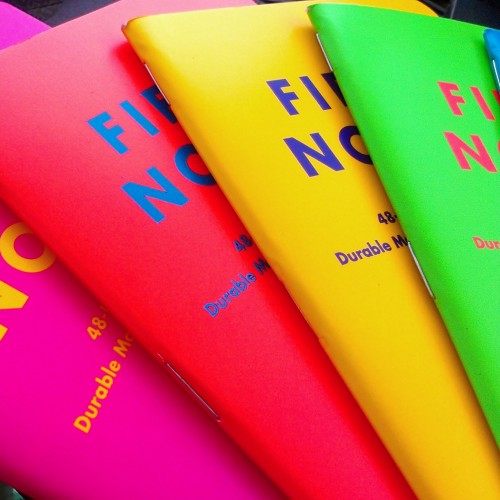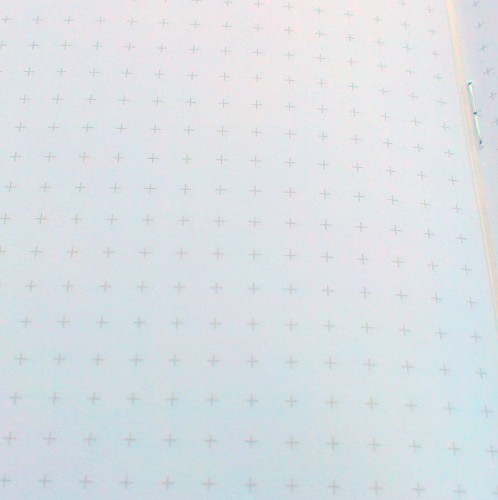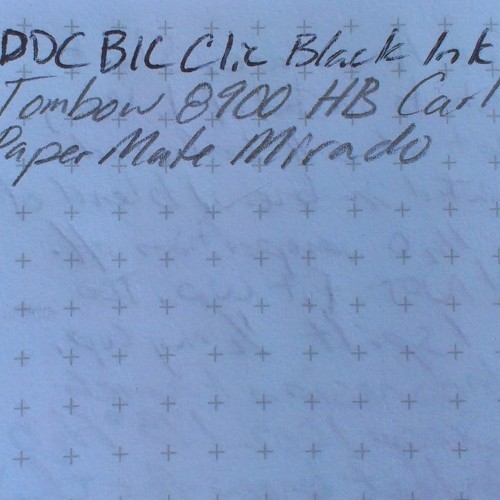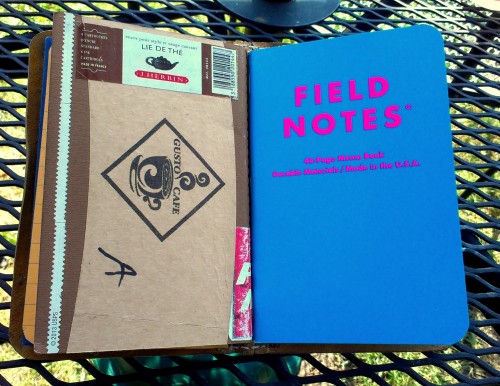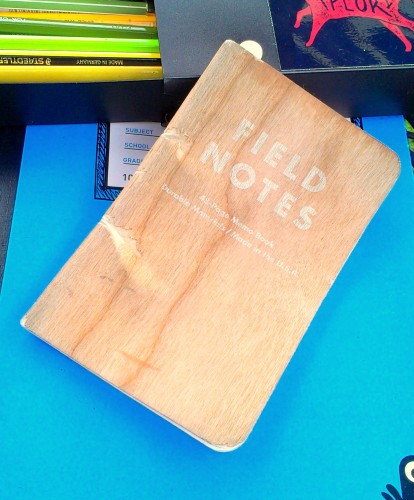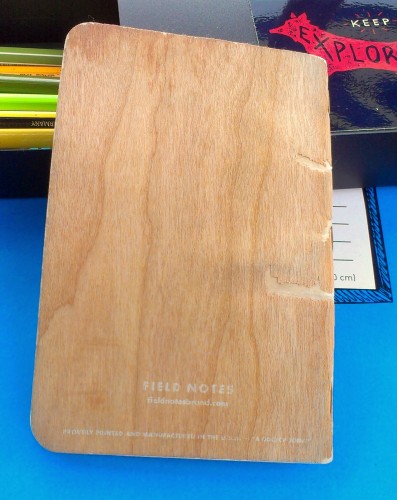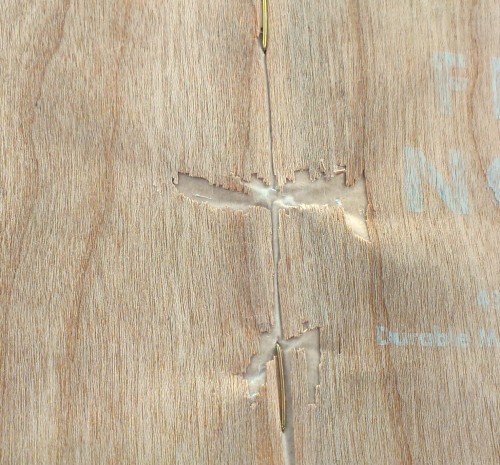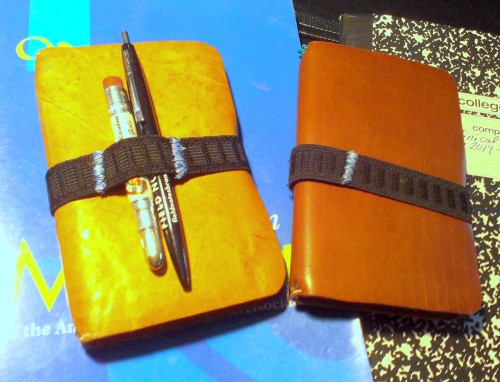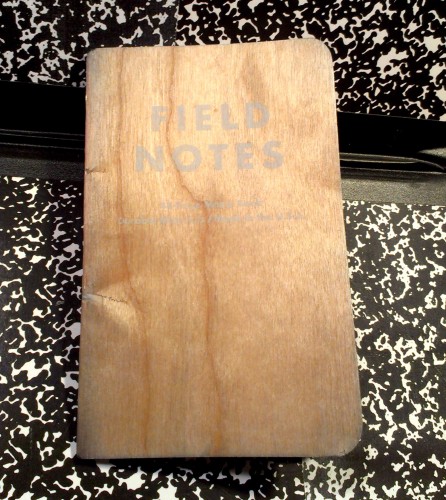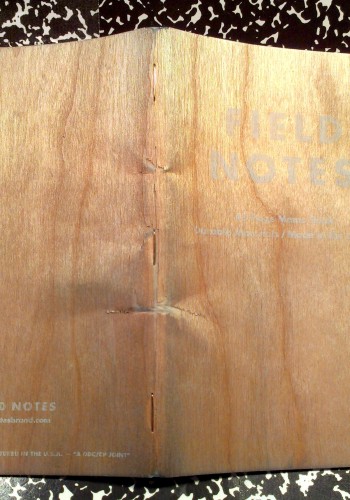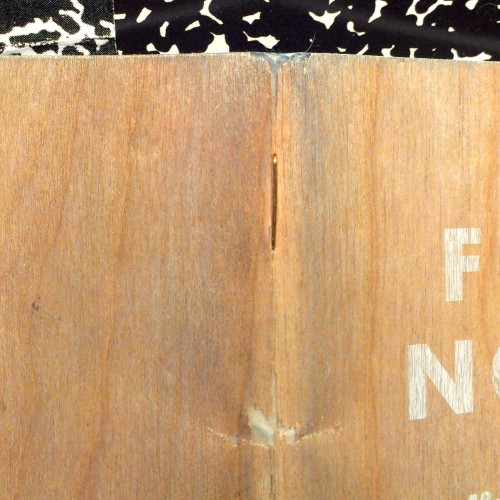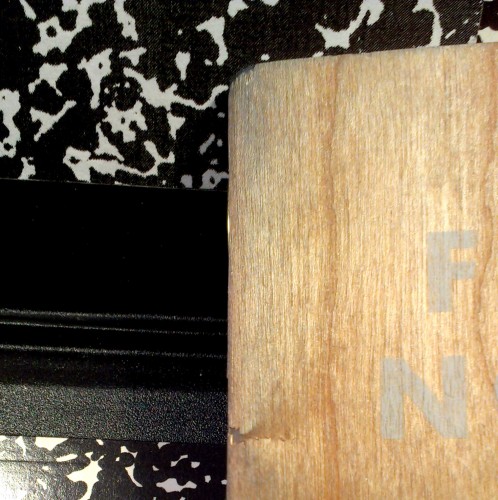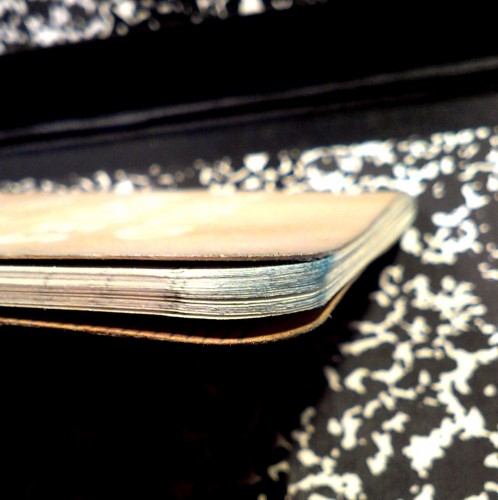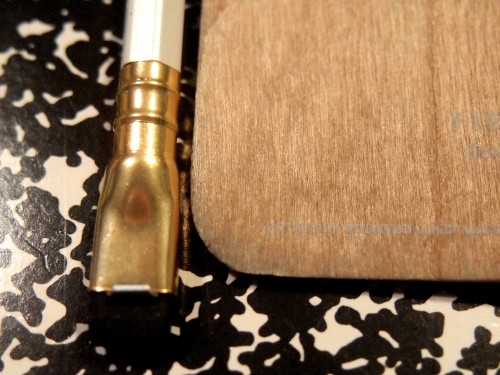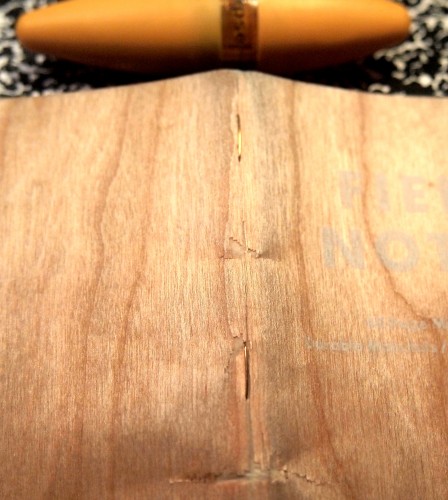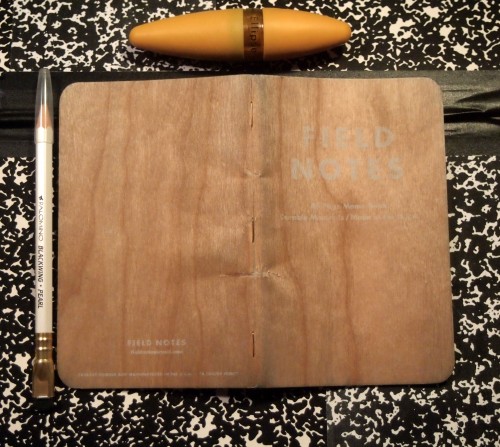I’ve been in this holding pattern of knowing I have enough notebooks and journals to last me for the next several years. I haven’t bought a new edition of Field Notes in quite some time.* I’ve traded and sold some off but felt no need to buy more. My use pattern is pretty stable. I generally go through 1.5 per month, occasionally less, occasionally more. I use them in the same way every time. I’m a user and not a collector. I’ve blathered on and on about my feeling that the bottom of the Field Notes collectable market is going to drop at some point and the only editions to be worth any money will be the early editions. I still hold to that belief and I still point to Beanie Babies as an example of how this can happen.
Anyway, I was vaguely aware that Field Notes had raise the price of their colors editions and collaborations. Apparently they vary from around $13 to $14. Especially interesting is that the L.L. Bean edition is on the higher end and costs $14 per 3-pack. The Carhart was around $13, adding taxes and what not it was around $15. So if you order them online you are also going to pay shipping. The cost is going to be even higher. At $14 that’s $4.67 per notebook. At $13 that’s $4.33 per notebook.
What is the cost of production of a notebook? It varies based off of the scale of production. If I sit down with a ream of HP LaserJet 24# paper ($9.50 at Amazon) and a stack of Neehah Astrobright Eclipse Black Cardstock ($7.64 at Amazon). I have a total of $17.14 invested. I can make 41 notebooks from the 500 sheets of paper and the cardstock. Without factoring in staples, a long reach stapler or my time. I’m looking at each notebook costing 42 cents.
Thinking about the time that it takes to staple, fold, trim, and check for quality; I know I can make quite a few of these in an hour. I spent 15 minutes stapling and folding 8 full sized Traveler’s notebook inserts. Trimming took another minute. That means in one hour I can possibly churn out 30 hand stapled and trimmed notebooks. Pocket sized notebooks take slightly longer because they are smaller and require 2 cuts instead of just one. So I can also make roughly 30 pocket notebooks in an hour.
If I charge $1.50 per notebook I’m making roughly $1 gross per notebook. Some of that money must be used for administrative fees- paying Etsy and Paypal- we’ll roughly estimate that at 50 cents. so I’m down to 50 cents of profit per notebook. Which leaves me making roughly $15 per hour for my labor. If I charge $2 per notebook, then I’m making roughly $30 an hour for my labor.
This does not factor in time spent packing and shipping items to people.
The examples given above are using relatively inexpensive papers and covers by an individual person. If I were to buy a case of the HP LaserJet paper it would bring the cover down dramatically. The more paper I buy the cheaper it is. Further if I automate the production it gets even cheaper and cheaper.
I digress. Smart shopping means that the bookbinder can find deals and make their own pocket notebooks at a fraction of the price of Field Notes. as someone who has made and sold handmade notebooks in the past I’m rather appalled that the corporate collaborations with Field Notes are $14 a pack. It’s not like FN is doing a great deal of design work here. Every corporation has a “Look Book” or “Design Bible” that details the colors, color combinations, fonts to use, and how the logo can be used. The first LLBean books are LLBean colors and camo over dirt standard Field Notes. The Carhart books are the Carhart logo exploded out and in Carhart colors, with an admittedly cool back cover**. All this stuff would come straight out of the corporate look books. The first LLBean books could have been farted out by anyone with adobe and a mockup of the Field Notes covers. $14 is too much for little more than a kraft notebook with a fresh coat of paint.
With the price hike I submit to you that Field Notes has jumped the shark and diverted far from their initial inspiration. After all the inspiration was promotional notebooks that were often given away free with the purchase of goods. Instead Field Notes and their Corporate Collaborators are now making the consumer pay for the notebooks, at a premium price.

